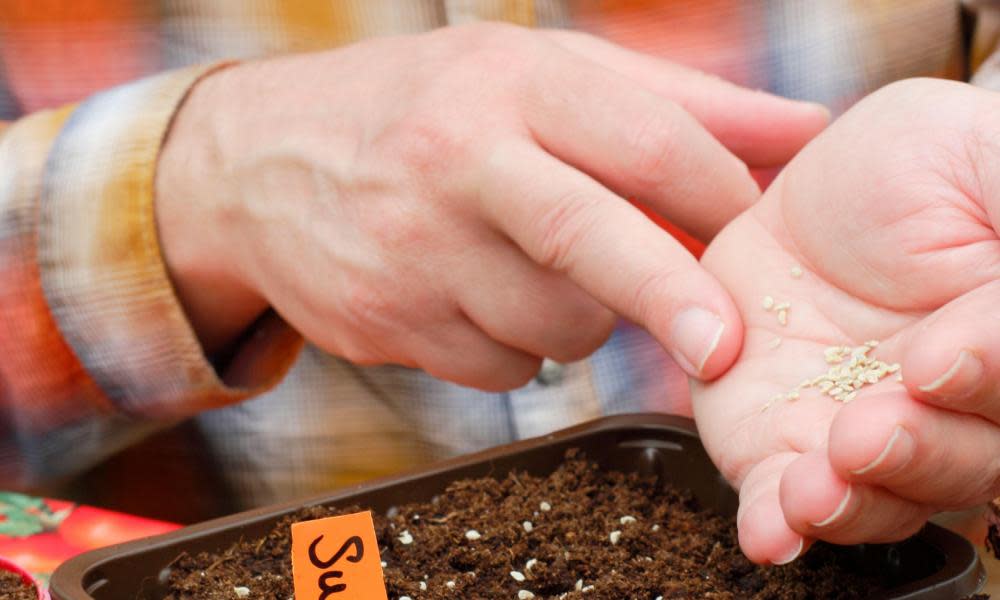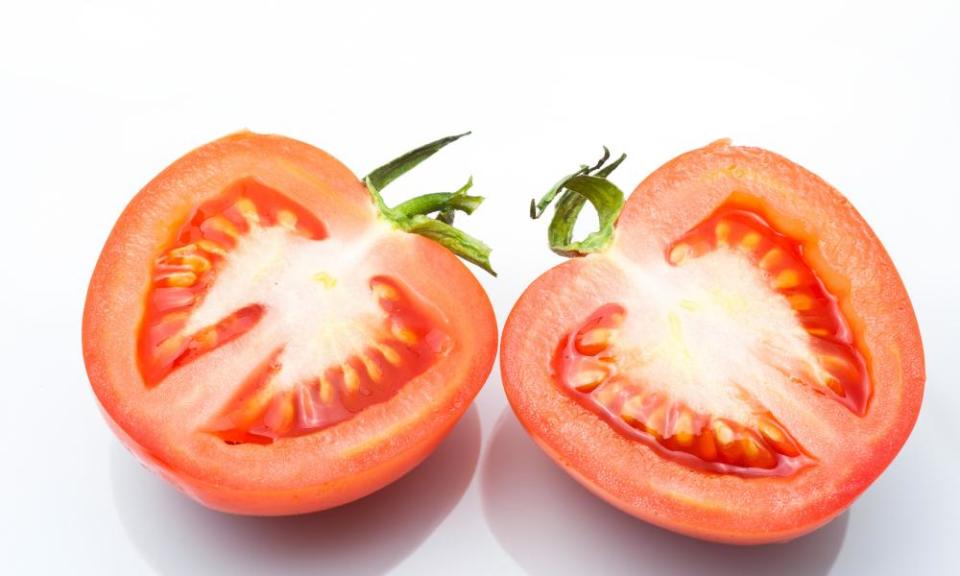Seed saving can be exciting and rewarding

To the uninitiated, gardening can seem like it’s full of complex, rigid rules that must be strictly adhered to in order to avoid utter failure. But in horticulture there is really no such thing as mistakes, only “experiments”. And the best news? Right now is the perfect time to try out one of the most exciting (and rewarding) for yourself: seed saving.
Saving seeds from your own garden to sow next year has a long list of benefits. Most obviously, it can save you money – particularly for annual plants which normally die at the end of each growing season, so would otherwise require repeat purchases every year. Secondly, natural cross pollination and spontaneous mutations can mean you get surprising new varieties. And thirdly, given how short the commercial lifespan is for many varieties before they fall from horticultural favour, it can sometimes be the only way you can guarantee access to your favourite niche cultivars. However, in my experience, a significant part of conventional wisdom for seed saving is either unnecessary or simply not borne out by real-world testing.
Saving seeds can sometimes be the only way you can guarantee access to your favourite niche cultivars
Take tomatoes, for instance. We are often told that seeds of hybrid F1 varieties, such as ‘Sungold’, cannot be saved, as their genetics are unstable. However, having done so for more than half a decade, I can tell you that the fruit of resultant generations are almost always identical, with only the odd specimen showing a subtle difference. Given the extremely high relative cost of F1 tomatoes per seed, this is really worth doing. And the same thing can be said for hybrid chillies, peppers and Inca berries, which all belong to the same family. Incidentally, we are often advised to let the pulp and seeds of fresh tomatoes ferment in a glass jar prior to painstakingly extracting them, as the process deactivates compounds that inhibit germination. However, you get so many seeds from saving your own, it really doesn’t matter if germination is inhibited somewhat. Skipping this saves you a smelly job, while still giving you more seedlings than you will ever need.

Conversely, we are also told it is a good idea to save the seeds from squash plants, but there can be issues with this. Plants in the courgette, pumpkin and squash family are incredibly promiscuous, capable of cross breeding with even distant relatives hundreds of metres away. This can mean saved seeds may be crossed with toxic ornamental relatives, resulting in intensely bitter fruit that is unsafe to eat. This is particularly a problem on allotments due to contamination from neighbours, or if you live in the Americas where there is a range of wild toxic relatives. Likewise, I would probably avoid saving the seeds of carrots and their relatives such as parsnips and celeriac, as they are notoriously short-lived. Without the correct drying and storage conditions their viability is very poor, and given the fiddliness of saving, they are perhaps not the ideal candidates for this treatment.
But these are just my experiences. As I say, gardening is all about experimentation. By all means test this out for yourself.
Follow James on Twitter @Botanygeek


